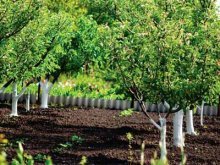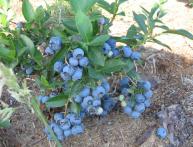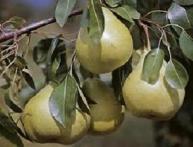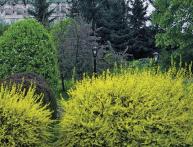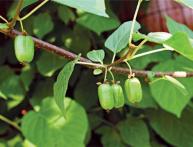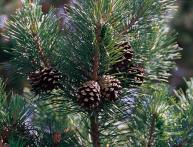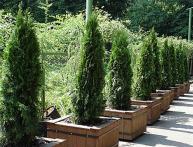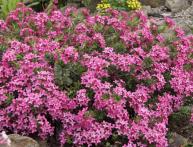Follow the rules for pruning garden fruit trees
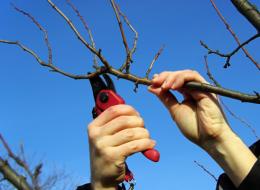
Pruning is one of the most important and responsible procedures in the process of caring for fruit trees. Tree pruning will be truly effective only if proper soil care is additionally taken, as well as a number of appropriate measures to combat tree pests and various diseases.
Content:
- Why do you need to prune fruit trees?
- What are the rules for pruning garden trees?
- Types of pruning
- Trimming tools
Why do you need to prune fruit trees?
The purpose of pruning fruit trees is to correct formation, regulating tree growth. All this also affects the quality of the fruit; if dry and broken branches are regularly removed, then the fruiting of the tree will improve significantly.
The main regulator of the level of tree growth and its fruiting is pruning, but in addition to this, measures such as twisting and tying branches can be used.
Pruning is necessary so that the tree grows to a certain length, which will be optimal for a given tree and specific conditions. For example, you must always ensure that the trunk is strong and strong, capable of withstanding heavy loads (the weight of the fruit).
If pruning was carried out without following the basic rules, it can lead to the tree crown beginning to actively thicken - and this is a negative factor for fruit trees. Before starting pruning, it is necessary to study all the information regarding a particular tree, since each variety and species has its own characteristics that must be taken into account when caring for a fruit-bearing tree.
What are the rules for pruning garden trees?

Pruning rules fruit trees must be taken into account in full, since they allow this procedure to be carried out correctly, which will have a positive effect on the further development and fruiting of the tree. Basic Rules:
- Young trees should not be heavily pruned, as this will slow down the process of their beginning to bear fruit.
- In order to create a strong skeleton, it is necessary to rid the tree of so-called “competitors”. For example, if a branch appears that in the future wants to take the place of the top, you need to get rid of it.
- If the annual growth is small, then the tree needs to be trimmed more. Strong growth - if the shoot grows by 0.7 - 1 meter in one year, the average growth is from 0.3 to 0.7 m, and the small growth is less than 0.3 meters.
- It will be more effective to get rid of one large branch than to get rid of a large number of small and thin branches.
- If you prune a branch, you need to think in advance about which branch will replace it in the future.
- If a branch whose diameter exceeds 1 cm has been pruned, then after pruning it must be covered with a special decoction, which will accelerate the process of tissue regeneration and the tree will heal faster. Oil-based paints should not be used.
Fruit trees must be pruned regularly every year at a certain time period. Each plant has its own most favorable period for pruning, so it is worth taking this factor into account.
Pruning in the summer is carried out in order to rid the tree of dry and broken branches, as well as branches that grow inside the crown.
The pruning of each fruit tree must be approached individually, since depending on the variety, some trees require more intensive pruning.
Types of pruning
Pruning for each gardener and for each tree has specific goals, so today there are several main types of pruning of fruit-bearing trees:
- Formative. Carried out in order to create a tree crown a certain density, as well as give the necessary silhouette. This pruning allows you to increase the resistance of the tree skeleton to various types of loads. If you carry out this type of pruning in February, the tree will grow more intensively. If this procedure is carried out in late May, then the growth process, on the contrary, will be somewhat frozen.
- Regulatory. The purpose of pruning fruit-bearing trees is to preserve the previously formed type of crown, in which there is a good level of illumination of the tree branches. Also, such pruning is necessary so that the skeletal part of the tree is not overloaded with a large number of young shoots. Regulatory pruning is carried out from February to March or from August to September.
- Rejuvenating. It is carried out on mature trees so that it can renew itself and the growth of new, young branches is activated.In order to awaken dormant buds, it is necessary to trim the branches, which grow by 10–15 cm per year. This procedure is carried out either in early spring or early autumn.
- Restorative. This is carried out only if the fruit-bearing tree has been seriously damaged for some reason. The measure is necessary so that the plant can develop, grow and bloom again.
- Sanitary. The procedure involves removing diseased, dry or broken branches. Such circumcision must be carried out throughout the year, and not just in spring or winter. After the diseased branches have been removed, the cut site must be treated with alcohol, as well as the instrument itself. When carrying out sanitary pruning, it is necessary to take into account such parameters as the age and height of the tree, since intensive pruning can cause unwanted thickening of the tree crown.
Trimming tools
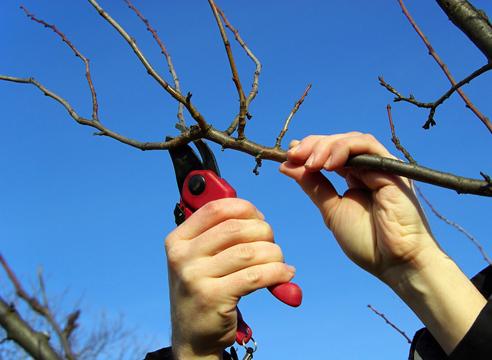
In order for the process of pruning fruit-bearing trees to be effective. The gardener needs to stock up on a whole arsenal of tools necessary for this procedure:
- Secateurs. The main requirements for this tool are simplicity and ease of use. Therefore, it is best to give preference to pruning shears that have a ratcheting mechanism.
- Garden hacksaw. The teeth of this tool must be equipped with special spaces, due to which debris will not accumulate on the tool, slowing down work with it.
- Air pruner. The pruning shears are attached to a special rod with a long leg. It is set in motion by special mechanisms and levers.This tool is used in cases where it is not possible for the gardener to reach the branches on his own.
It should be noted that circumcision process can only be carried out using special garden tools. You cannot use construction hacksaws, scissors and other mechanisms, as they are intended for other work and can damage the wood.
The tools must be sharpened, this allows you to cut the branch the first time. If diseased branches have been pruned, the instrument must be thoroughly processed afterwards, otherwise this may lead to infection and death of the entire fruit-bearing tree.
Pruning is a rather complex process that requires special skills and knowledge of the individual characteristics of each fruit-bearing tree that will be subject to the pruning process.
Tree pruning instructional video:
Interesting information about the vegetable garden


